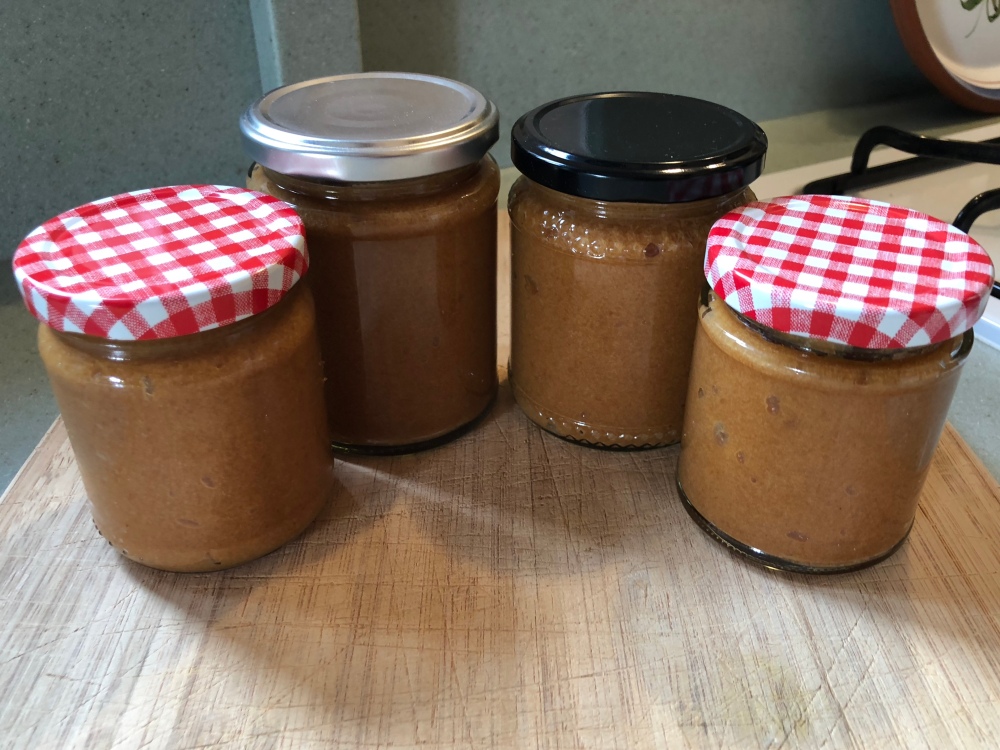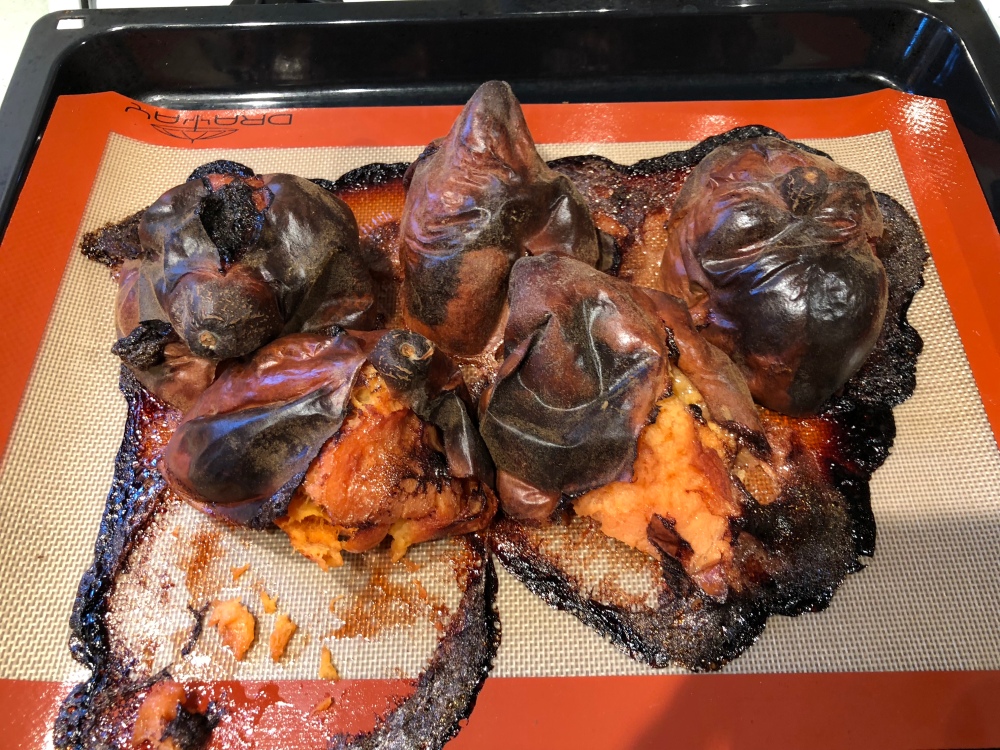The hot dry summer we have had was not good for fruit trees generally, but our quince tree (not the pretty one below) is heading out of its early youth and so for the first time delivered a healthy crop.
Quince is quintessentially autumnal, and has a unique flavour profile. They were much used in desserts from the middle ages though to Tudor times, treasured for there ruby colour when cooked. Over the intervening centuries though they have slowly gone out fashion, especially as sugar became more common place in desserts. It is a fruit you can’t normally buy in the shops other than very chi-chi delis, but any owner of a quince tree usually has a glut and would happily let you take them off your hands.

In the past I have been a little limited with quince. There is Quince Cheese (better known to the Spanish as Membrillo) which is gorgeous with cheese and can be deployed very effectively in pies, and Quince Jelly which looks gorgeous but I have found has few uses really. This year given the size of the crop, I was determined to find new uses for them. They are a staple in Middle Eastern cookery, and hubby has deployed them as a sumptuous accompaniment in gorgeous Middle Eastern lamb stews but after 3 outings we needed to ring the changes a little.
This recipe came from one of the few books dedicated to cooking with Quinces: Jane McDonald Hunter’s somewhat prosaically entitled “Quinces – Growing and Cooking” . This one caught my eye as I thought it may be interesting in a torte one day or just to have on toast.
Curd is made from cooking fruit juice or puree and sugar, and then adding butter and egg to add silkiness. The trickiest part is when you cook the mixture after the egg has been added. Cook too much and you get lumps of scrambled egg. Cook too little and you don’t get a thick consistency. Some recipes do it all in one stage, some add the eggs at the end, some add the butter at the end and I have tried them all and got good results. Over the years I have found the only key is that vital egg cooking stage with one simple rule: just like with custard never let the mixture go above 80C!
It was a little fiddly because of the need to make puree from the fruit. Pushing fibrous quince though a sieve is not fun, but my handy puree attachment to my Kenwood Chef quickly sorted that out. The suggested second pushing though a sieve was attempted and promptly abandoned in favour of the liquidiser.

Baking the quinces rather than poaching them (quinces are always rock hard and need to be cooked in some way) was a new one on me, but meant that you got softened fruit without too much moisture – essential for curd, and a more intense flavour. I also tried doing the egg stage over a bain-marie which is normally a great way stop the mixture curdling, but with the thickness of the quince puree, a bain-marie just can’t get the mixture up to the right temperature. Instead you just cook it in the pan, stirring like crazy with regular checks with the thermometer, essential as the thick puree means it is hard to test the consistency by eye.
All in all it was a successful cook and at the end you get something unique, so do try it.
The Recipe
This makes about 4 jars of curd.
Ingredients
- 4 large quinces
- granulated sugar (the amount depends on the weight of the puree)
- juice from 1/2 lemon
- 150g butter
- 4 eggs
The Method
Bake Your Quinces and Make Puree
- heat your oven to 150C
- put your quinces on a baking tray covered in aluminium foil
- bake for 1-2 hours until very soft (mine were a little over cooked!)
- allow to cool
- strip out the soft fruit pulp and press through a sieve or if you loose patience put in a liquidiser making sure first there are no pips or skin in the pulp

Sterilise Your Jars
- wash your jars and lids and dry them
- heat your oven to 110C
- put your jars and lids in the oven to sterilise them (they need to be in the oven at least 30 minutes )
Cooking Your Curd
- weigh your fruit puree
- put your fruit puree in a sauce pan
- add sugar to the same weight as the puree
- bring to boil and then simmer until the mixture is thick and stiff (the test is you can drag a spoon through the mixture and you can still see the bottom of the pan for a few seconds afterwards)
- add the butter
- put the mixture back in a liquidiser and liquidise until smooth
- whisk the eggs
- stir into the mixture
- cook very slowly until it reaches 80C and immediately remove from the heat
- take your jars out of the oven
- fill them with the curd tapping them to take air out of them (a chop stick pushed through the mixture is also good for this)
- twist on the lids and allow to cool
- stir in a cool dark place – they should last a few years!








I see you are leaving us!! You will be missed
Phil
From: The Cottage Loaf Reply-To: The Cottage Loaf Date: Sunday, 28 October 2018 at 10:34 To: phil dyer Subject: [New post] Quince Curd – a qui-luscious treat
The Cottage Loaf Baker posted: “The hot dry summer we have had was not good for fruit trees generally, but our quince tree (not the pretty one below) is heading out of its early youth and so for the first time delivered a healthy crop. Quince is quintessentially autumnal, and has a u”
LikeLike
We are not, fingers crossed, going far. Just ver the border to Norfolk. The blog may need a small rename.
LikeLike